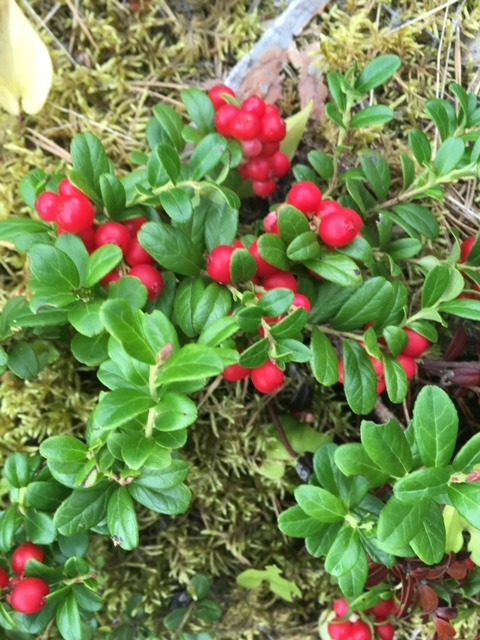From a private capital perspective, the least invested of the SDG goals are Life on Land (SDG 15) and Life below Water (SDG 14). It is estimated that over 900 billion USD are needed annually if the decline of biodiversity is to be reversed. Looks like a great investment opportunity, but how do investors view biodiversity?
At the moment, investors are starting to commit to having a net-positive impact on biodiversity. They do so, because they view biodiversity as a major issue, and as a form of risk management. By investing in biodiversity, it may be possible to reduce negative impacts of other assets in portfolios.
Until now, traditional biodiversity and conservation funding has mostly depended on governments and philanthropy. A Credit Suisse report finds that the main hurdle for biodiversity investments is understanding and knowledge about the biodiversity as an investable niche. Attracting private capital to an emerging, and to many unknown sector, will require breaking down a lot of hurdles. In particular, investors are struggling to identify and analyze biodiversity-linked investment opportunities. Biodiversity is complex and needs to be made more digestible as well as measurable in order to create comfort and realization of investments.
For the biodiversity investments to become scalable, there is a need for broadly accepted data, metrics and frameworks. Availability of biodiversity data is recognized as a top hurdle for investments. The biodiversity data needs to be simplified and translated so that it can be used to set biodiversity-linked targets and investment strategies focused on biodiversity. There is a clear need for measurable indicators and simple tools.
I believe we need to create standards and methodologies for biodiversity restoration and conservation projects similar to those for voluntary carbon projects. There need to be internationally accepted methods and tools for restoring and conserving biodiversity, as well as for how we measure biodiversity. These methods must be scientifically correct, but also practical to use and cost efficient.
With biodiversity expected to be one of the most important topics in the investment world by 2030, lets start making the case for natural and conservation capital as an investable asset. And let’s keep it simple.






